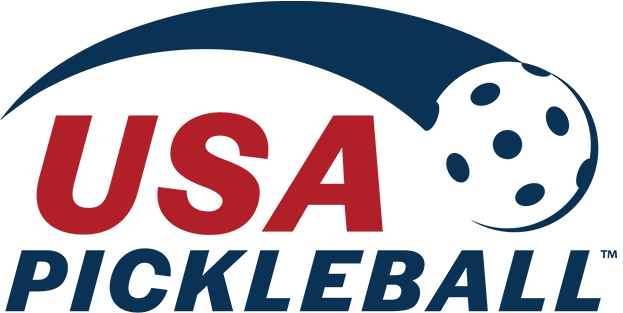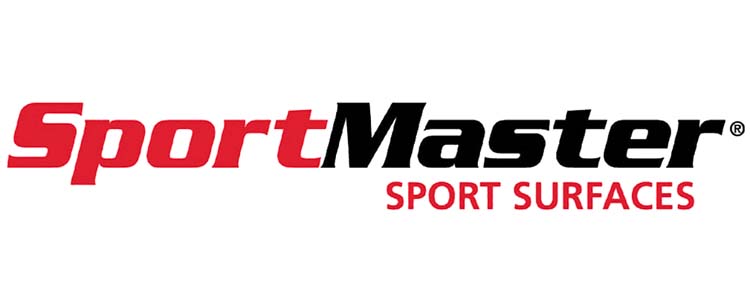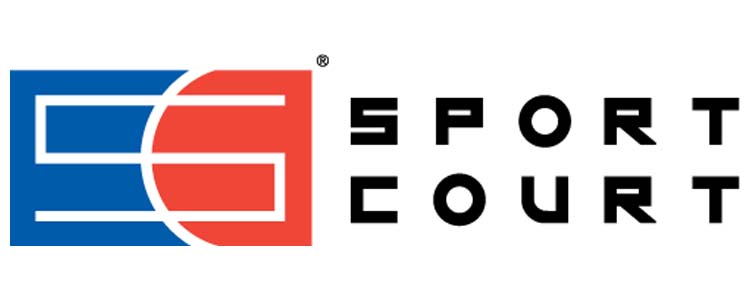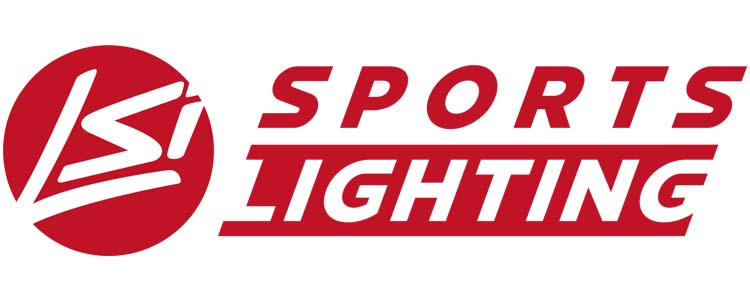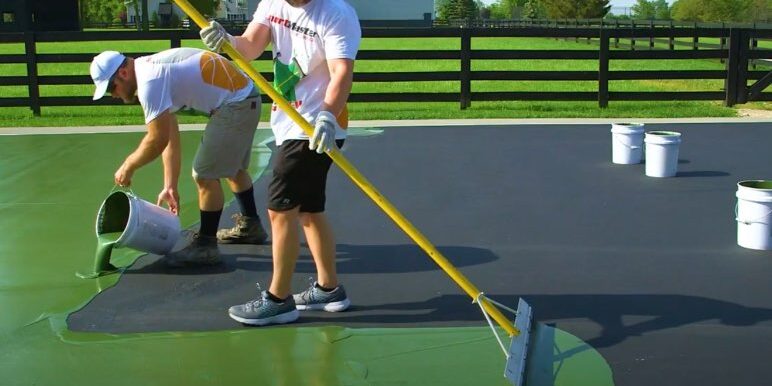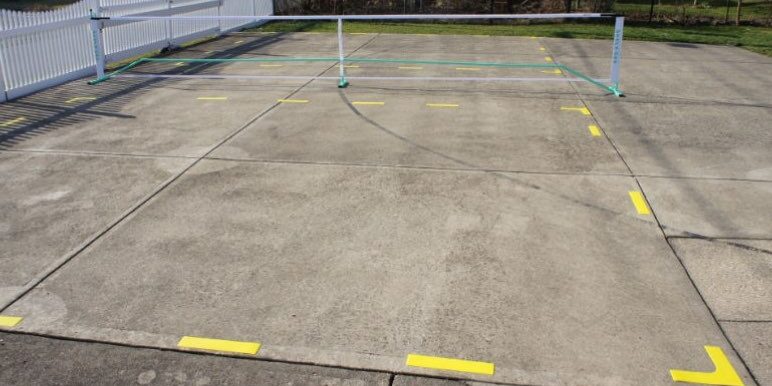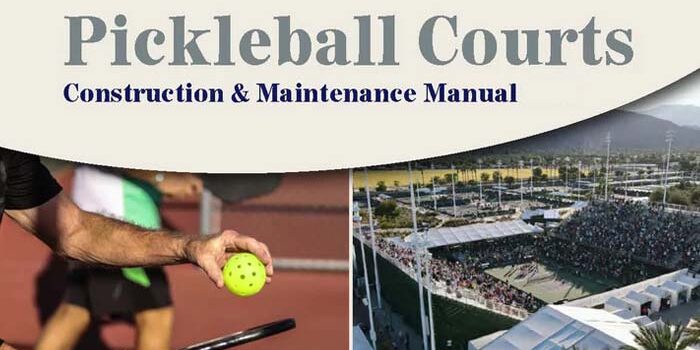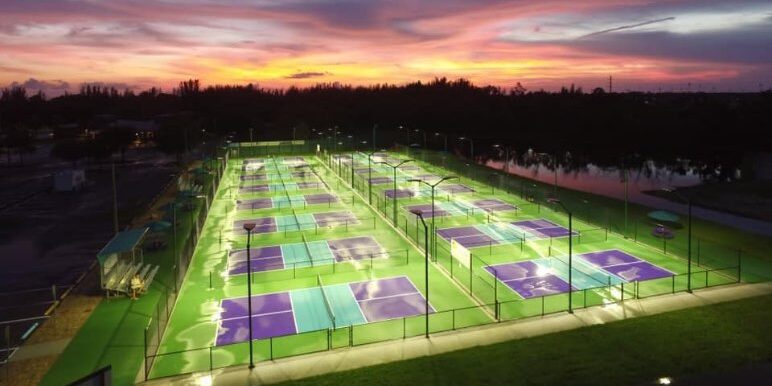A better court equals better and safer play. These guidelines are based on collected feedback from fellow members of the pickleball community, and while your situation may differ, we offer these as a starting point for those looking to get the most out of their court and their game.
For a complete court construction guide, consider purchasing a copy of the ASBA/USA Pickleball Construction Manual.
The USA Pickleball Rule Book states that “a total playing surface 30’X60’ is the minimum size that is recommended. A total size of 34’X64’ feet is preferred.” The actual playing lines measure 20’ x 44’. Whenever possible, a north-south orientation should be maintained to minimize the angle of the sun in player’s eyes.
Asphalt or Concrete both provide an acceptable base for pickleball courts. Make sure to review surfacing requirements before having the base installed, as there are recommended specifications for slope, drainage, and surface finish, and overall construction.
Finding knowledgeable sport contractors can be difficult, if you don’t know the right questions to ask. SportMaster Sport Surfaces is the official court surface partner of USA Pickleball & they can provide free qualified pickleball contractor referrals throughout North America. Click the following link to locate installers near you.
Pickleball court resurfacing is the process of re-applying the coating system, to restore the look and textured play characteristics of the court. This normally entails surface cleaning, crack & surface repairs, filling low areas to reduce puddles, application of base and color coatings, and striping the playing lines. The coating system also helps to seal and protect the asphalt or concrete base, and extend the useful life. To view a quick video of the process, watch the PickleMaster application video above.
There are many colors to choose from, when deciding what colors to use for the pickleball court surface. No color choices would be “wrong” for a pickleball court, but here are some points to keep in mind:
- Lighter colors will absorb less heat from the sun, resulting in a cooler playing surface.
- Darker colors will absorb more heat from the sun. This will result in a warmer playing area. However, it will also help to melt snow and evaporate water quicker, which may be a benefit in certain areas.
- Surface colors can have an effect on ball visibility during play. For best results, use a pickleball color that is opposite the surface color on a color wheel (the most contrast between colors). The human eye will spot the pickleball quicker when it flies over a contrasting surface color.
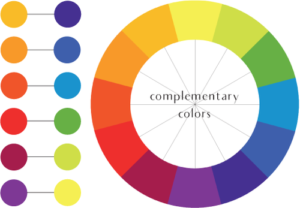
100% acrylic coatings are recommended for surfacing pickleball, and athletic courts. When properly applied, 100% acrylic coatings are breathable and allow some vapor transmission, which is especially important on outdoor courts. PickleMaster, the official court surface of USA Pickleball, is 100% acrylic and factory-mixed with a specialized blend of aggregate. This creates the ideal surface texture for non-slip footing, true pickleball bounce, and minimal abrasion and wear on pickleballs.
The PickleMaster playing surface can also be applied over the SportMaster ProCushion layers. There are a few options, standard and premium, which result in different levels of cushioning. The added cushioning provides shock absorption, without affecting the ball bounce. This increases player comfort and minimizes stress feet, joints, and the body.
Indoor and Outdoor pickleball courts are generally the same, from a recommended surface standpoint. The base is asphalt or concrete, and PickleMaster is idea for both indoor and outdoor applications. Wood or rubber flooring, as used in many indoor gymnasiums, can also be used as the playing surface. However, they usually lack any texture and can be slippery, causing the ball to skip low when
Acrylic playing surfaces, like PickleMaster, are low-maintenance. Outdoor courts benefit from the wind and rain, and very rarely need cleaning. If visible dirt, debris, or organic growth is spotted, cleaning may be performed. Trees, shrubs, and shade can increase the amount of organic growth on a court surface. Surface pressure washers or a push behind floor scrubber may be used, as needed, to clean court surfaces. Be careful not to use a stiff bristled cleaning head or it can damage the surface. Use only as much pressure that is needed to clean the courts. Too much water pressure can damage the court surfaces, especially with wand units that are held too close to the surface.
Wash the court surfaces only when needed. Excess cleaning may shorten the life of the coatings or speed up the loss of texture. If the courts are visibly dirty, cleaning can be performed.
There are a variety of crack repair options in the sport surfacing industry:
- Coatings alone will not fill cracks. Very small “hairline” cracks 1/8” or less can be filled and hidden with the base coating (Acrylic Resurfacer) properly mixed with sand.
- Traditional (ready to use) acrylic crack fillers and some mixed with Portland cement and sand, on-site.
- Multi-layer fabric, longer-term crack repair systems
- Full court overlay systems
- Pavement overlay or reconstruction
- None of the crack repair systems work 100% of the time, but they do extend the life of the court and keep in maintained. Qualified sport contractors can go over all of the options and recommend the best solution for the issues at hand.
There are generally two common net styles and a variety of durability options. One style of net sits on the court surface and the second style leaves a gap between the bottom of the net and the court surface. This can be handy for rolling a pickleball under the net between points. Nets with thicker or double braided netting will last longer than the opposite. If you don’t have permanent net posts installed, there are a variety of portable net systems available in the market.
- Fencing contains the ball within the confines of the court.
- Fencing should be rust-proof and free of protrusions that could injure players.
- Chain link fencing is a cost-effective option that allows for both maximum visibility and light to pass through the fence, but other options include orange construction fencing, or plastic garden fencing.
- The ball is about 65mm so any openings in the fence should be small enough to prevent the ball from leaving the court area. 45mm or 55mm links are recommended.
- Backstops
- Minimum height of 10 feet, but taller if there are problems associated with the ball leaving the confines.
- Sidestops
- Should not be less than 3 feet in height. Minimum height should be the same as the backstop for at least 20 feet from the backstop, with 30 feet being more recommended.
- Gates
- Should be present on both ends of the court to allow access, and wide enough to allow for wheelchairs/maintenance equipment.
- Windbreaks
- Recommended to deflect the wind from interfering with play, while also providing a background against which the ball can be seen.
- Backstops
Because of the fast-moving nature of pickleball, lighting is key. Players are required to react quickly, and visibility is essential to gameplay. Ideally, when considering lighting for the court, one should strive to have as much light as the budget affords. Other considerations include:
- Quality of light
- Should be uniformly spread throughout the area of play
- Should adequately render color
- Glare should be minimized as much as possible by avoiding reflective surfaces and controlling the amount of light on the court
- Sources of light
- High Intensity Discharge (HID) lamps: last on average 12,000 hours and require a warm-up time of 3-12 minutes but achieve maximum light output
- LED lighting: Last up to 100,000 hours, costs less, require less maintenance and can be used with dimmers
- Wiring
- Should be underground if possible, outside of the court area
- Consider wiring multiple courts separately so each can be operated individually to save costs
- Light poles:
- A minimum distance of 5 feet from the sideline to light poles is recommended, and padding should be considered if they are inside the fence.
- Should be centered on or immediately outside the fence or court if possible
- Should not be used as fence posts
- The bigger the area, the higher the light poles need to be
- Indoor lighting:
- Direct lighting: direct light downward onto the court, but have potential to create glare so positioning and quantity should be considered so participants don’t look directly into them while playing
- Indirect lighting: aim light upward at highly reflective ceilings, providing very little glare, but also very few shadows, potentially making ball tracking more difficult
- A combination of the two may be the best option
- Sources can include LED, HID, and fluorescent, which can last around 40,000 hours and offer low glare with high efficacy
- Nets, Posts, Center Straps
- Windscreen, Divider Netting, and other netting
- Sound proofing (Acoustifence/Acoustiblok mention)
- Court benches
- Shade Shelters
- Power & Water
- Spectator Seating
- Oragnizers & Ball Holders
- Connect with SportMaster authorized installer to assist with design, construction, repair, resurfacing, etc.
- Check out the DIY surfacing page to see if this is a project you would like to attempt?
- Learn much more about construction, surfacing, and maintenance of pickleball courts by purchasing the Pickleball Courts – Construction & Maintenance Manual
- Learn how to layout and stripe a pickleball court (permanent or temporary lines)
Contact SportMaster Sport Surfaces
Customer Service
Monday – Friday, 8:00 AM – 5:00 PM EST
By Mail:
SportMaster
PO Box 2277
Sandusky, OH 44870
Call Toll Free:
800-395-7325
By E-mail:
Click Here to Send us an E-mail
